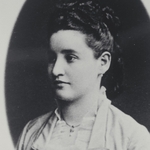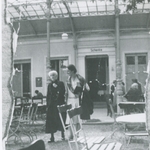German-Jewish Feminism in the Twentieth Century
German Judaism has a long history, going back more than 1700 years. Since then, Jews have been a minority in German-speaking countries. Attempts of assimilation were often met with counter-movements and setbacks, in the form of restrictions, suppression, and even pogroms. In 1871, with the foundation of the German Reich, Jewish men were finally granted full civil and political rights. This was the end of a long and oftentimes stagnant process of Jewish emancipation in the German-speaking countries.
Nonetheless, Jewish women – like all women in the German Reich – had to wait until 1918 to receive the same political rights as men. Until then, their status depended on that of their fathers and husbands. Women coming from Eastern Europe were even more vulnerable, as they did not have German citizenship and thus even less political power. Hence, Jewish women suffered from intersectional stigmatization – through sexism and antisemitism. This made them second-class citizens within and outside the Jewish community. This article aims to introduce the realities and contributions of Jewish women in Germany which – like all women in history – have often been overlooked.
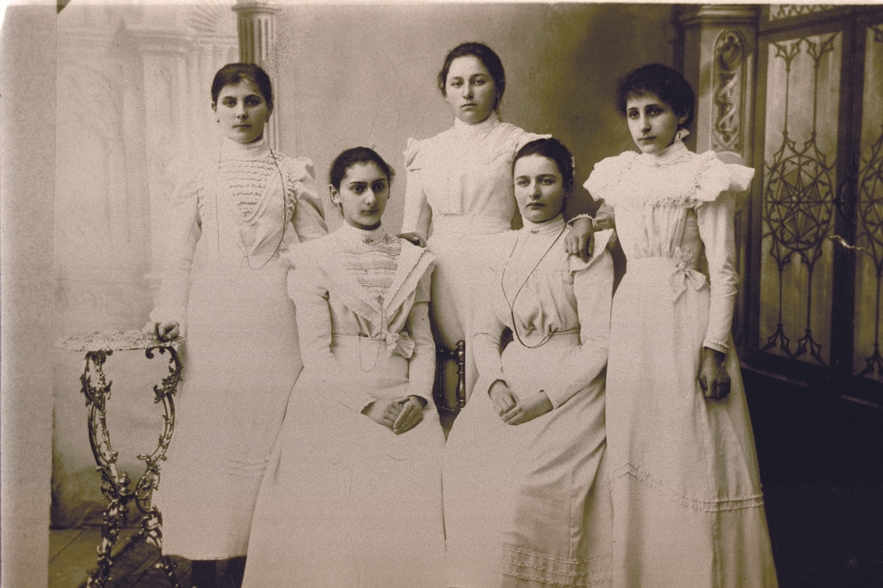
Religious Life
Generally speaking, Jewish men were the patriarchs of the family and community life. The services in the Synagogue were male-dominated and only men were allowed to study the Torah. The religious activities of women were placed primarily within the family and therefore, they were less structured. Women were tasked with the private aspects at home, such as the observance of the high holidays and Shabbat or the maintenance of dietary laws.
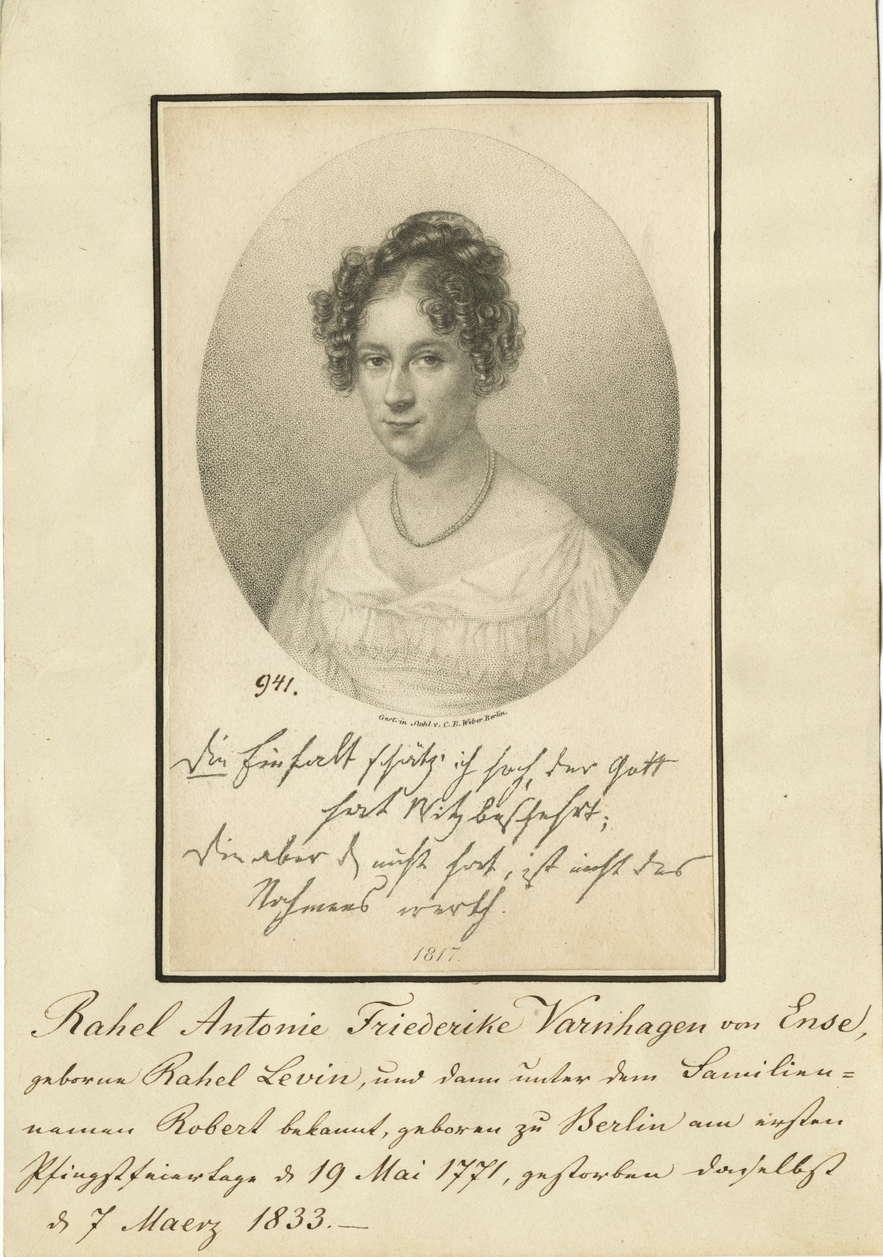
Salons
There are exceptions to the repression and exclusion of Jewish women, however. Two of the most prominent examples are Rachel Levin Varnhagen and Dorothea Schlegel Mendelssohn. At the end of 18th century Berlin, the two women succeeded in establishing themselves as focal points of the city’s cultural and social life in the Jewish upper class. They hosted salons in their homes and invited Jews and non-Jews alike for gatherings to socialize and discuss ideas, politics, and culture. However, this development was restrained to the last two decades of the 18th century and cannot be identified as a general trend in the emancipation of German Jewish women at the time.
Turn of the Century
With the emancipation of Jews in Germany in 1871, new possibilities opened in terms of political, cultural, and economic freedom. The German Jewry quickly took on the role of the educated middle-class which was defined by culture and education, rather than by birth. For both sexes, education allowed for more opportunities for German Jewish assimilation as well as personal emancipation.
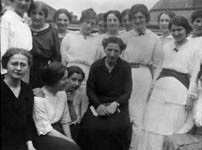
At the turn of the century, female employment became more accepted in the German bourgeoisie. However, this was limited to certain fields, most notably social work, which was seen as an exclusively female domain. Alice Salomon, one of the founders of modern social work in Germany, stated that social work was “an assumption of duties for a wider circle than usually performed by the mother in the home” (Allen, 213–214). The area of social work became a way for German Jewish women to forge solidarity and develop a sense of commonality amongst each other.
In 1930, Regina Jonas, the first female rabbi, completed her studies at the Hochschule für die Wissenschaft des Judentums (Academy for the Science of Judaism) in Berlin. In her dissertation, she explains why women are particularly suited to work as rabbis, mainly due to their social and caring characters. Therewith, Jonas followed the logic of an inherent instinct of motherhood in women which made them suitable caregivers in the private and public sphere.
Jewish Feminist Movement
At the same time, German-Jewish feminism – like German feminism generally – became more popular. Bertha Pappenheim, Fanny Lewald, and Lina Morgenstern were influential figures in the German Jewish feminist movement. They were important social workers, women’s rights leaders, and authors, who distinctly shaped the quest for the emancipation of Jewish and non-Jewish women in Germany. However, unlike contemporary feminists, the early feminist movement highlighted the duties rather than rights of women, particularly regarding German citizenship. Hence, to be good citizens that are valuable to German society, Jewish women needed to fulfill their roles, for instance, as social workers. In this way, the German-Jewish feminist movement hoped to gain respect and recognition from the men in society and, in the long term, equal rights. Furthermore, the focus laid on self-fulfillment as part of the community rather than that of the individual.
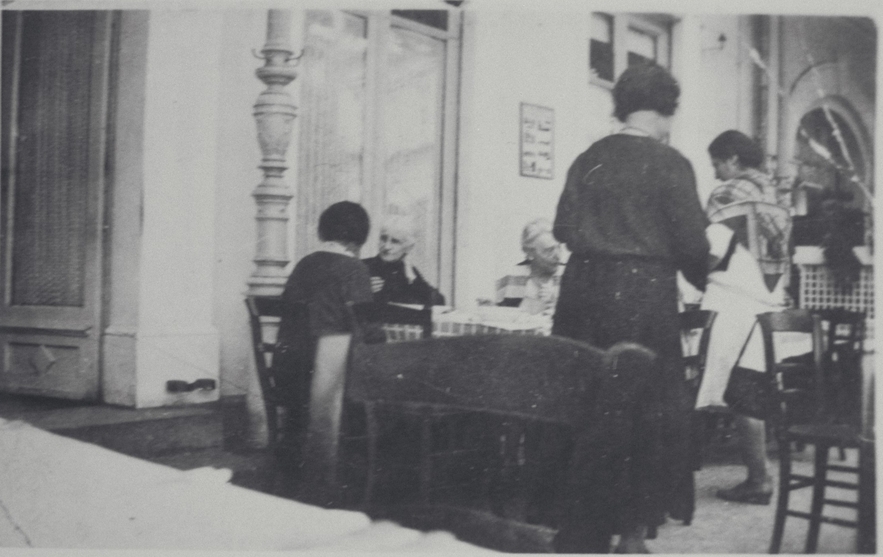
In 1904, Bertha Pappenheim, a German-Austrian middle-class Jew of Eastern European descent, founded the Jüdische Frauenbund (JFB; League of Jewish Women) as part of the mainstream German feminist collective. Through the JFB, Bertha Pappenheim aimed to realize the emancipation of women and to support poor Jewish women, particularly from Eastern Europe. The JFB was very active until its dissolution in 1939. Approximately 20% of the female Jewish population in Germany were members of the JFB.
The Nazi Years
The establishment of Adolf Hitler and the National-Socialist regime in Germany brought all attempts for Jewish and female emancipation to an abrupt end. As Kaplan (1980) shows, the social exclusion of Jews had a gendered component.
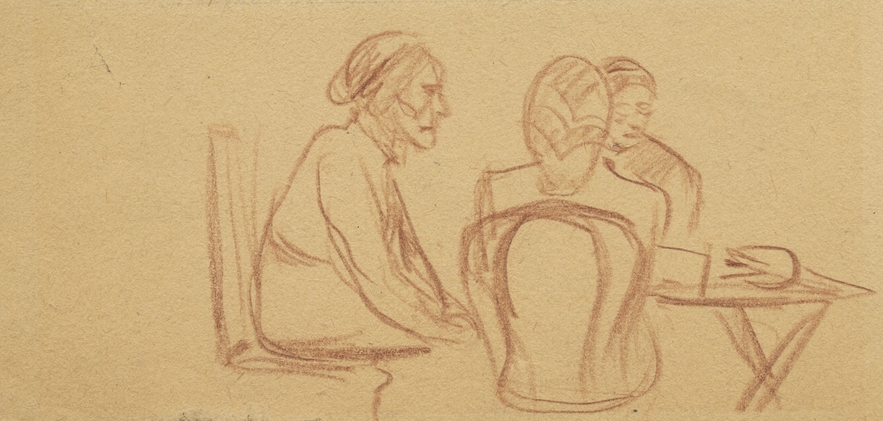
While men experienced ostracism in the workplace, this seemed to be somewhat less impactful than the isolation of Jewish women from their social networks. Furthermore, with increasing suppression, women were more willing to give up their lives in Germany to seek asylum abroad, while men, more invested in their professional careers, preferred to stay in their home country. However, more men than women emigrated during the years to follow, as women often stayed behind as caretakers for family members. Another reason for the greater immigration of men was the belief that Jewish women, children, and the elderly were more vulnerable and would be less likely to be targeted by the Nazi policies than men.
German-Jewish Feminism Today
After the end of the Second World War, German Jewry – like European Jewry – was largely murdered or displaced. Therefore, there was no popular German Jewish feminist movement after 1945. The JFB was reinstituted in 1953, mainly under the leadership of Lilli Marx and Jeanette Wolff. But most members had been killed and the tasks of the JFB largely revolved around aiding survivors.
Only with the end of the Soviet Union in 1990 and the influx of Jews from former Soviet countries, a new wave of German Jewish feminism slowly reached Germany. At first, Jewish life in Germany was mainly patriarchal because Eastern European Jewry largely followed Orthodox traditions which were male-dominated. However, over time, a pluralization has taken place, visible in the establishment of various institutions and initiatives. For instance, Bet Debora, a Jewish women’s initiative, was founded in 1998. Other organizations include the Jewish scholarship foundation Ernst-Ludwig Ehrlich Studienwerk (ELES) and the Union of Jewish Students in Germany (JSUD), which were established in the early 2010s. All of these initiatives contribute to a pluralization of Judaism in German and allow different perspectives to exist alongside each other. Nowadays, the German Jewish feminist movement is influenced by a renewal of Judaism but builds on the tradition of pre-Holocaust German Jewish feminism.
Sources:
Kaplan, M. (1980). German-Jewish Feminism in the 20th Century (MS 437). https://digipres.cjh.org/delivery/DeliveryManagerServlet?dps_pid=IE8946579.
